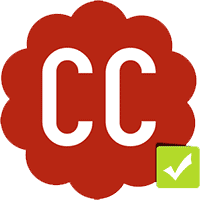Why SEO companies are putting more stress on content writing?
Content writing is the real SEO because eventually it is your content that affects your search engine rankings. Gradually the role of SEO services is diminishing because it means manipulating your rankings and whenever it comes to manipulation Google becomes edgy.
